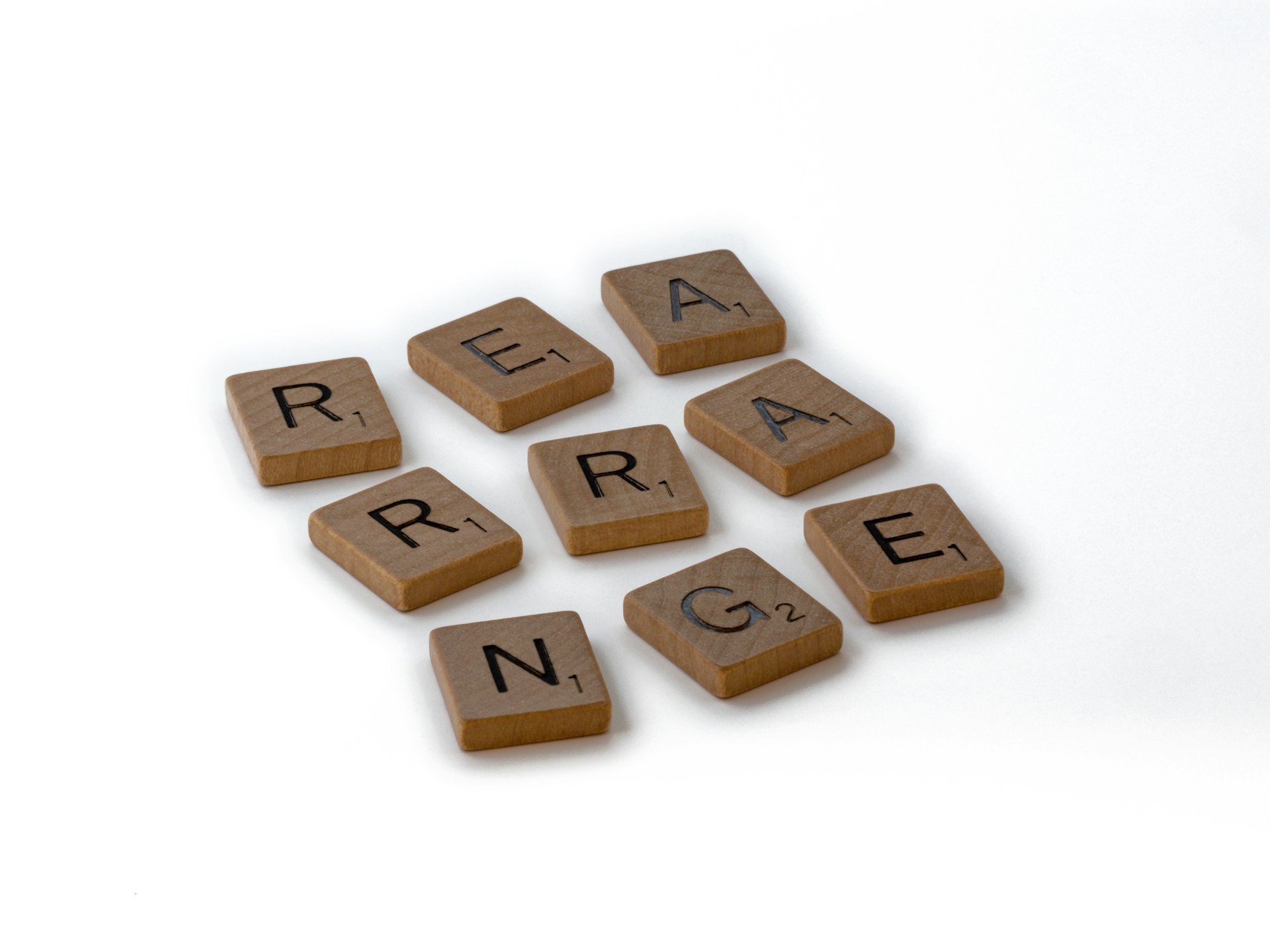
For business owners navigating the increasingly complex digital advertising landscape, programmatic advertising has evolved from a buzzword to a fundamental tool for reaching target audiences with unprecedented efficiency and scale. But like any dynamic technology, programmatic is in constant flux, driven by innovation, evolving consumer behavior, and a growing demand for transparency and effectiveness. Understanding the key trends shaping its future is no longer a luxury – it’s a strategic imperative for businesses looking to stay ahead of the curve and maximize their advertising ROI.
At The Social Rook, we’ve witnessed the transformative power of programmatic advertising firsthand. You’re looking for smarter ways to spend your advertising dollars, to connect with the right customers at the right time, and to gain a competitive edge in a crowded marketplace. This comprehensive guide will illuminate the critical trends that are poised to redefine the future of programmatic advertising, providing you with the insights and knowledge you need to adapt your strategies and leverage these advancements for sustainable business growth.
The Evolving Landscape: From Automation to Sophistication
Programmatic advertising, at its core, is about using automated systems to buy and sell digital advertising space. What began as a more efficient way to manage ad inventory has blossomed into a sophisticated ecosystem driven by data, artificial intelligence (AI), and a relentless pursuit of precision and personalization. The trends we’ll explore are pushing programmatic beyond simple automation towards a future of greater intelligence, accountability, and user-centricity.
1. The Ascent of First-Party Data and Customer Data Platforms (CDPs)
In an era of increasing privacy regulations and the deprecation of third-party cookies, first-party data – the information you directly collect from your customers – is becoming the gold standard for effective targeting and personalization. Customer Data Platforms (CDPs) are emerging as crucial tools for unifying and activating this valuable data within programmatic environments.
- Enhanced Targeting Accuracy: Leveraging your own customer data allows for far more precise targeting based on actual customer behavior, purchase history, and preferences.
- Personalized Experiences: First-party data enables highly personalized ad experiences, leading to increased engagement and conversion rates.
- Improved Measurement and Attribution: Connecting advertising efforts directly to customer actions provides a clearer understanding of campaign ROI.
- CDP Integration: CDPs centralize customer data from various sources, creating a unified customer view that can be seamlessly integrated with programmatic buying platforms.
- Best Practice: Invest in building robust first-party data collection strategies and explore implementing a CDP to unify and activate your customer data within your programmatic campaigns.
2. The Continued Dominance and Sophistication of Artificial Intelligence (AI) and Machine Learning (ML)
AI and ML are already integral to programmatic advertising, powering everything from real-time bidding algorithms to ad creative optimization. Their role will only become more pronounced, driving greater efficiency, personalization, and predictive capabilities.
- Dynamic Creative Optimization (DCO): AI-powered DCO analyzes user data in real-time to automatically generate and serve the most relevant ad creative variations.
- Predictive Bidding: ML algorithms analyze historical data and real-time signals to predict the optimal bid price for each impression, maximizing win rates and ROI.
- Audience Segmentation and Prediction: AI can identify and predict high-value audience segments based on complex data patterns.
- Fraud Detection and Prevention: AI-powered tools are becoming increasingly sophisticated in identifying and preventing ad fraud, ensuring your budget is spent on legitimate impressions.
- Best Practice: Embrace programmatic platforms that leverage advanced AI and ML capabilities. Continuously monitor and analyze the performance of AI-driven optimizations.
3. The Growing Demand for Transparency and Brand Safety
Concerns around ad fraud, brand safety, and the opacity of the programmatic supply chain are driving a strong demand for greater transparency. Advertisers want to know where their ads are running and ensure they are appearing in brand-safe environments.
- Supply Path Optimization (SPO): SPO initiatives aim to streamline the programmatic supply chain, reducing intermediaries and increasing transparency into the sources of ad inventory.
- Advanced Brand Safety Solutions: Programmatic platforms are integrating more sophisticated tools to identify and prevent ads from appearing on inappropriate or harmful content.
- Auditable Logs and Reporting: Advertisers are demanding more detailed and auditable logs to understand the flow of their ad spend.
- Direct Publisher Relationships: Building direct relationships with publishers can offer greater control and transparency over ad placements.
- Best Practice: Prioritize programmatic partners that offer robust transparency tools and brand safety guarantees. Actively monitor your campaign placements and leverage SPO strategies.
4. The Rise of Contextual Advertising in a Privacy-First World
As third-party cookies fade, contextual advertising – targeting users based on the content of the page they are currently viewing – is experiencing a resurgence. Advanced AI is making contextual targeting more sophisticated and effective.
- Semantic Analysis: AI can analyze the meaning and sentiment of web page content beyond simple keyword matching, allowing for more nuanced contextual targeting.
- Contextual Video Advertising: Programmatic platforms are enabling contextual targeting within video content based on the video’s subject matter and audience.
- Privacy-Compliant Targeting: Contextual advertising offers a privacy-friendly alternative to traditional behavioral targeting.
- Best Practice: Explore advanced contextual targeting options within your programmatic platform. Align your ad creative and messaging with the surrounding content for greater relevance.
5. The Convergence of Programmatic with Other Channels: Omnichannel Orchestration
The future of programmatic lies in its seamless integration with other marketing channels, creating truly omnichannel experiences for consumers. This involves orchestrating campaigns across display, video, audio, connected TV (CTV), digital out-of-home (DOOH), and more.
- Cross-Device Targeting and Measurement: Programmatic platforms are improving their ability to identify and track users across multiple devices.
- Unified Campaign Management: Centralized platforms are emerging that allow advertisers to manage and optimize campaigns across various programmatic channels.
- Sequential Messaging: Omnichannel programmatic enables the delivery of sequential and coordinated messages to users as they interact with different touchpoints.
- Best Practice: Develop an omnichannel marketing strategy and seek programmatic solutions that facilitate cross-channel campaign management and measurement.
6. The Growth of Programmatic Audio and Digital Out-of-Home (DOOH)
Programmatic buying is expanding beyond traditional display and video into emerging channels like audio and DOOH, offering new opportunities to reach audiences in relevant contexts.
- Programmatic Audio: Automating the buying and selling of audio ads on streaming services and podcasts allows for targeted and measurable audio campaigns.
- Programmatic DOOH: Real-time bidding and data-driven targeting are transforming the DOOH landscape, enabling more dynamic and relevant out-of-home advertising.
- Location-Based Targeting: The convergence of programmatic and location data enhances the effectiveness of both audio and DOOH campaigns.
- Best Practice: Explore the potential of programmatic audio and DOOH to reach your target audience in new and engaging ways.
7. The Focus on Sustainability and Ethical Considerations
As environmental and social consciousness grows, the advertising industry is facing increasing scrutiny regarding its impact. Sustainable and ethical considerations are likely to play a more significant role in the future of programmatic.
- Green Media Buying: Initiatives are emerging to help advertisers choose more sustainable media buying options.
- Responsible Data Usage: Advertisers will need to prioritize ethical and privacy-respectful data practices within their programmatic strategies.
- Combating Misinformation: Programmatic platforms will need to continue their efforts to prevent ads from appearing alongside harmful or misleading content.
- Best Practice: Stay informed about sustainability initiatives in the advertising industry and prioritize ethical data practices in your programmatic campaigns.
Navigating the Future with The Social Rook
The future of programmatic advertising is dynamic and full of potential. By understanding and adapting to these key trends, businesses can unlock new levels of efficiency, personalization, and ROI in their digital advertising efforts. However, navigating this evolving landscape can be complex.
At The Social Rook, we are committed to staying at the forefront of programmatic innovation. We provide our clients with the expertise and guidance they need to leverage these emerging trends effectively. Our data-driven approach and deep understanding of the programmatic ecosystem ensure that your advertising investments are strategic, transparent, and deliver measurable results.
Ready to future-proof your programmatic advertising strategy? Partner with The Social Rook and let us help you navigate these key trends and unlock the full potential of programmatic for your business. We’ll work with you to develop innovative and effective campaigns that drive sustainable growth in the years to come. Because at The Social Rook, we believe in empowering businesses to thrive in the ever-evolving digital landscape.


